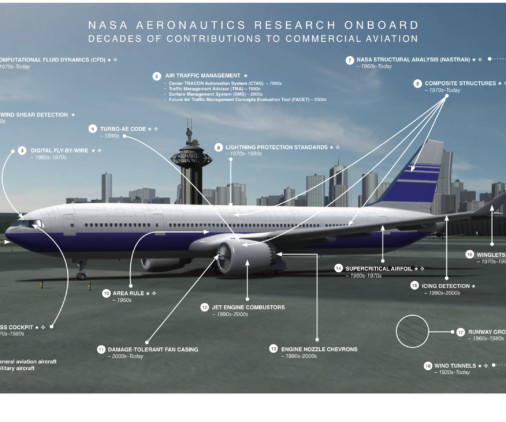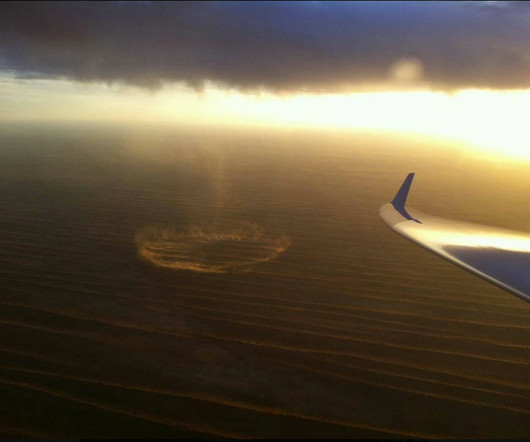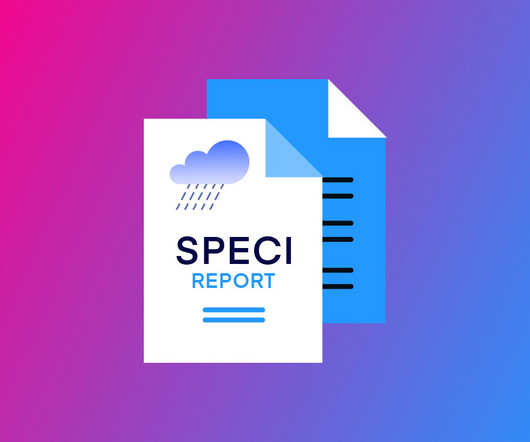Types of Thunderstorms in Aviation: From Simple to Severe
Pilot Institute
OCTOBER 15, 2024
Thunderstorms create turbulence, wind shear, and icing risks for aircraft. Lifting movement of moist air. Squall line thunderstorms have the potential for severe weather conditions, including strong straight-line winds, microbursts, wind shear, and flooding. What are Thunderstorms? Some might seem harmless.















Let's personalize your content